Yoga has its origins in the ancient India. Learn here about the story behind Yoga Poses names. What has a kidnapping of Hanuman’s wife to do with a split? Why is god Shiva related to the dancing pose?
Learn more in the following text.
Why is Hanumanasana (or Splits) called like this?
Read about the story behind the Yoga pose Hanumanasana.
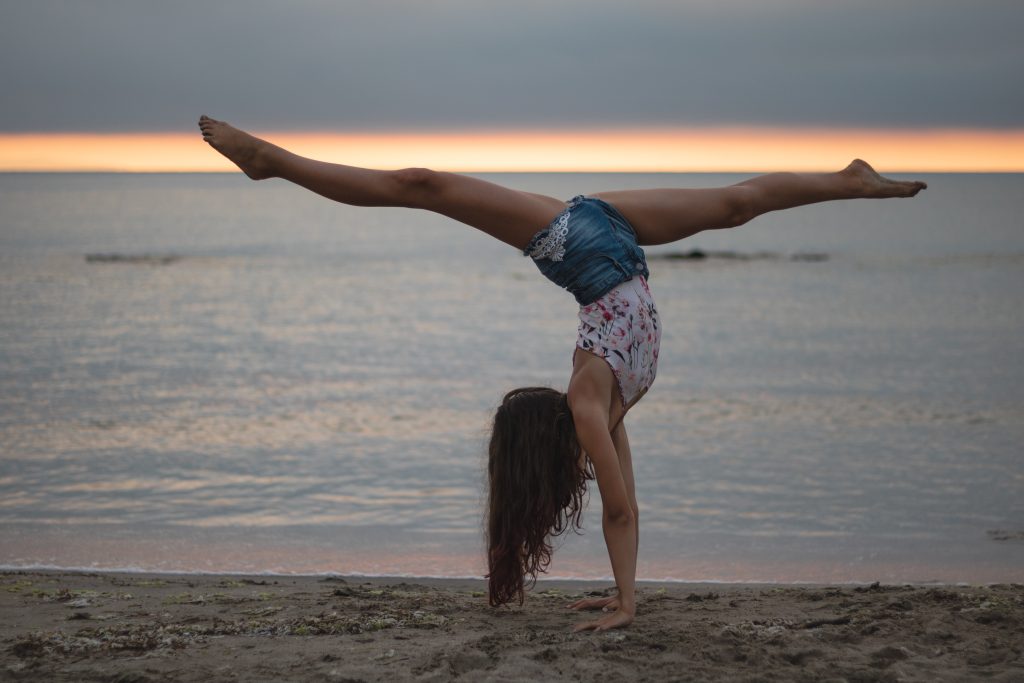
Foto by Angel Balashev
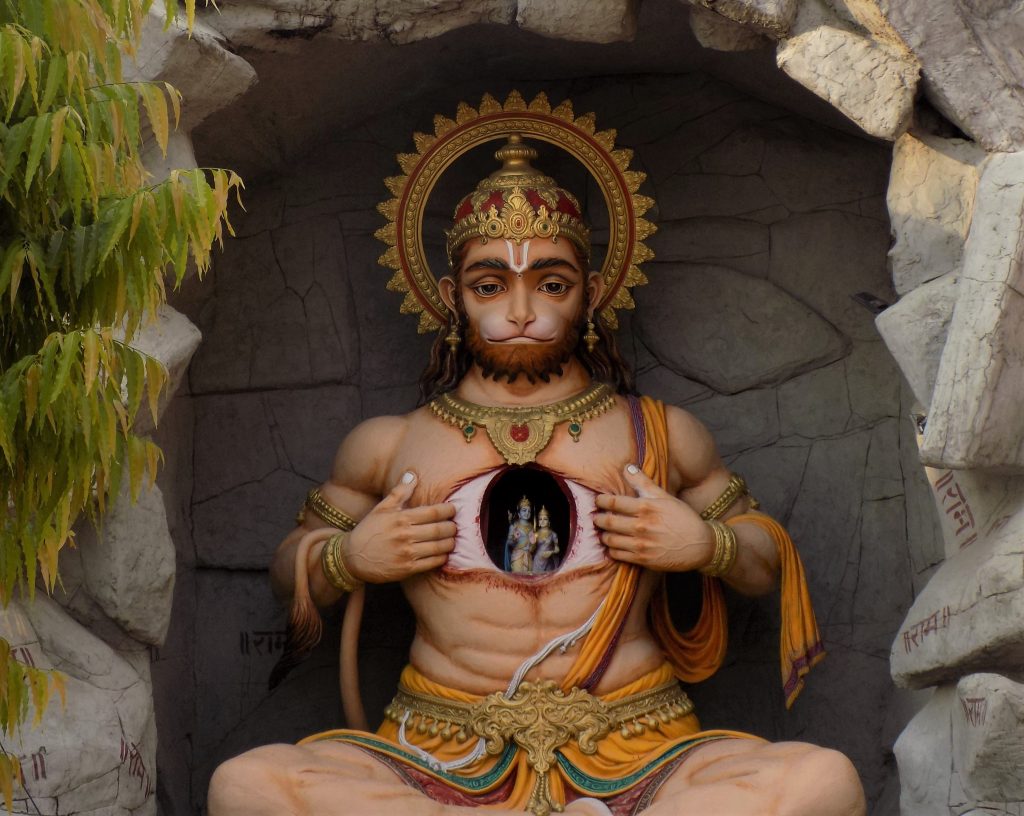
Foto by Rishu Bhosale
According to a legend, Hanuman was a devoted companion of god Rama. When the wife of Rama, Sita, was kidnapped by demon Ravana, Hanuman was sent to find and save her. Sita was brought to and hidden in Sri Lanka. In order to save her, Hanuman had to take up all of his courage and take a giant step from India to Sri Lanka. One foot in India, one foot on Sri Lanka. Hanuman did an enormous split across the ocean and managed to free Sita.
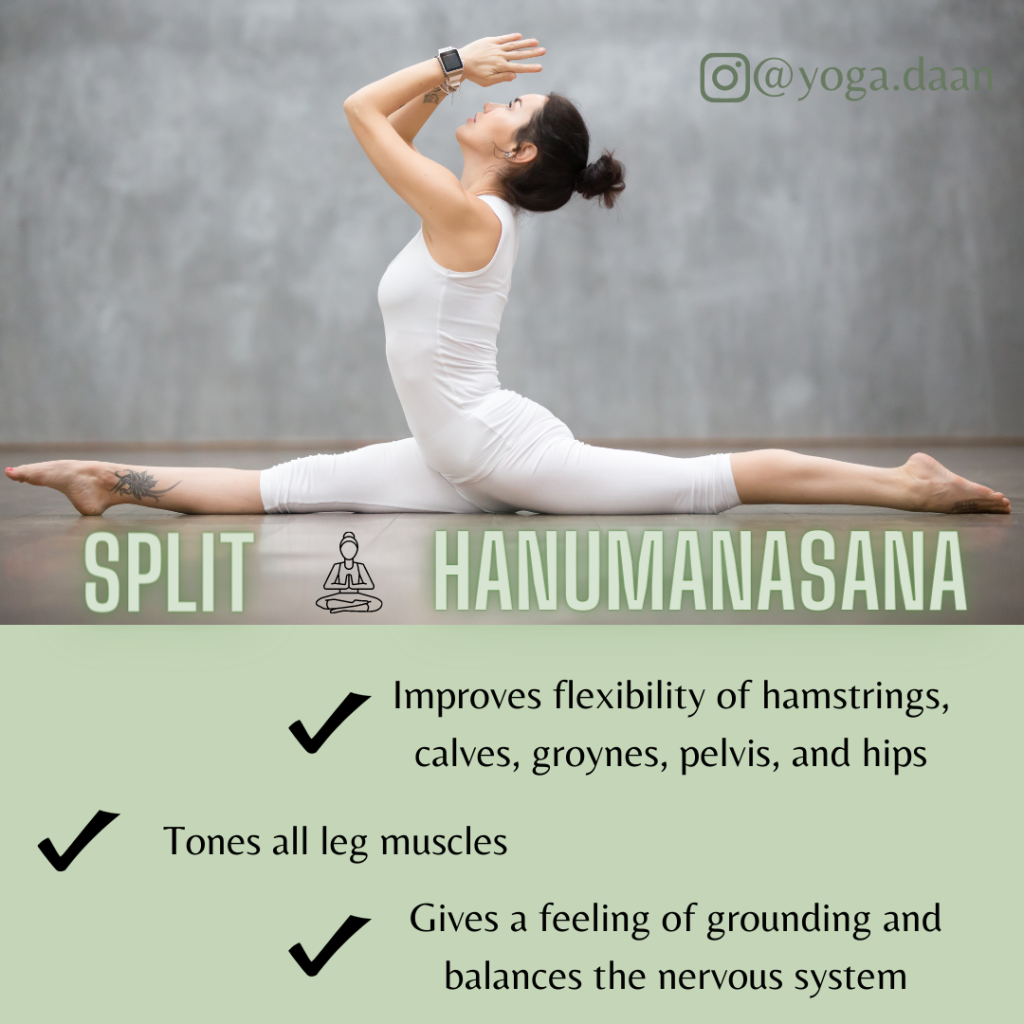
Why is Natarajasana (or dancer) called like this?
Do you want to know the story behind the Yoga pose Natarajasana? In this text you will get the mythological context for this pose.
The name of this posture consists of two parts: “Nata”, which means dancer, and “Raja”, which means “king”. So literally, it is the posture of the king of the dance, or the king dancer. This is a description of the Hindu god Shiva, who is – next to Brahma and Vishnu – part of the Hindu divine trinity.
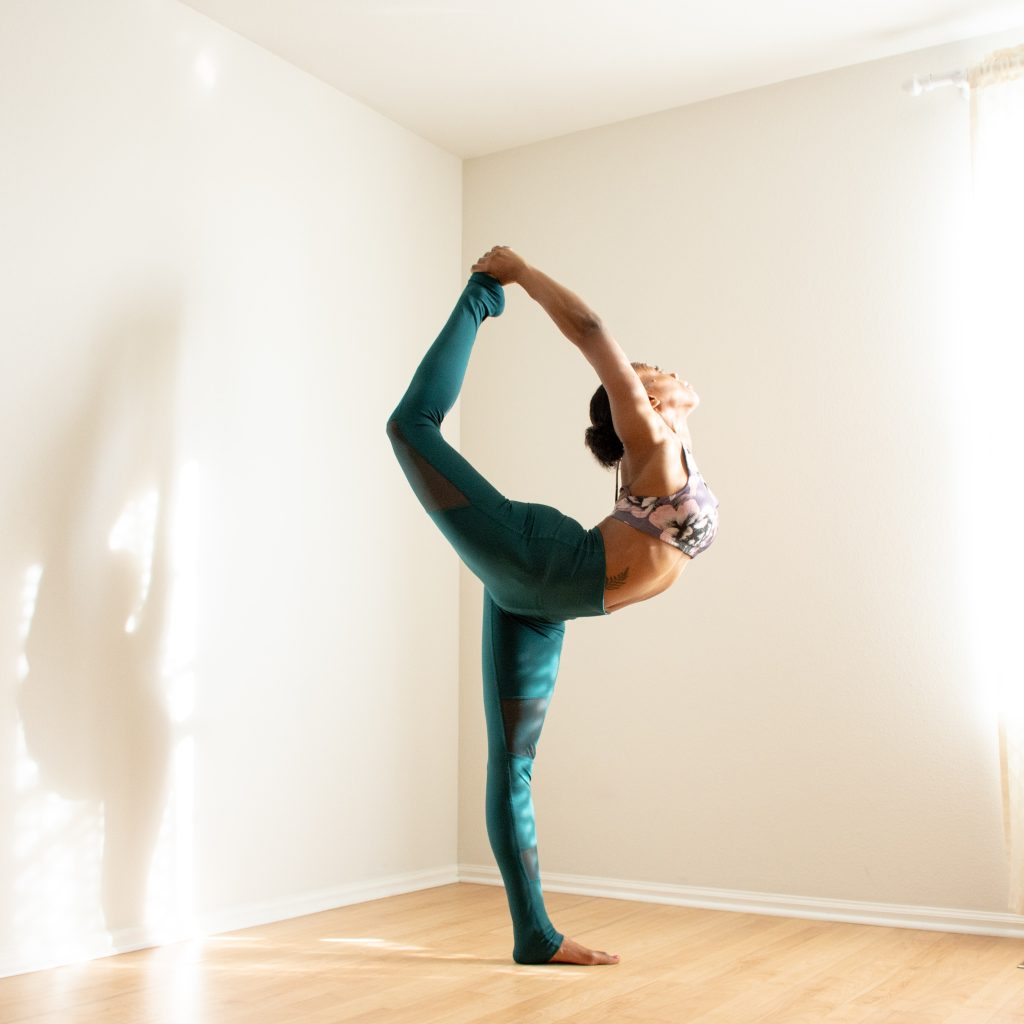
Foto by Madison Lavern
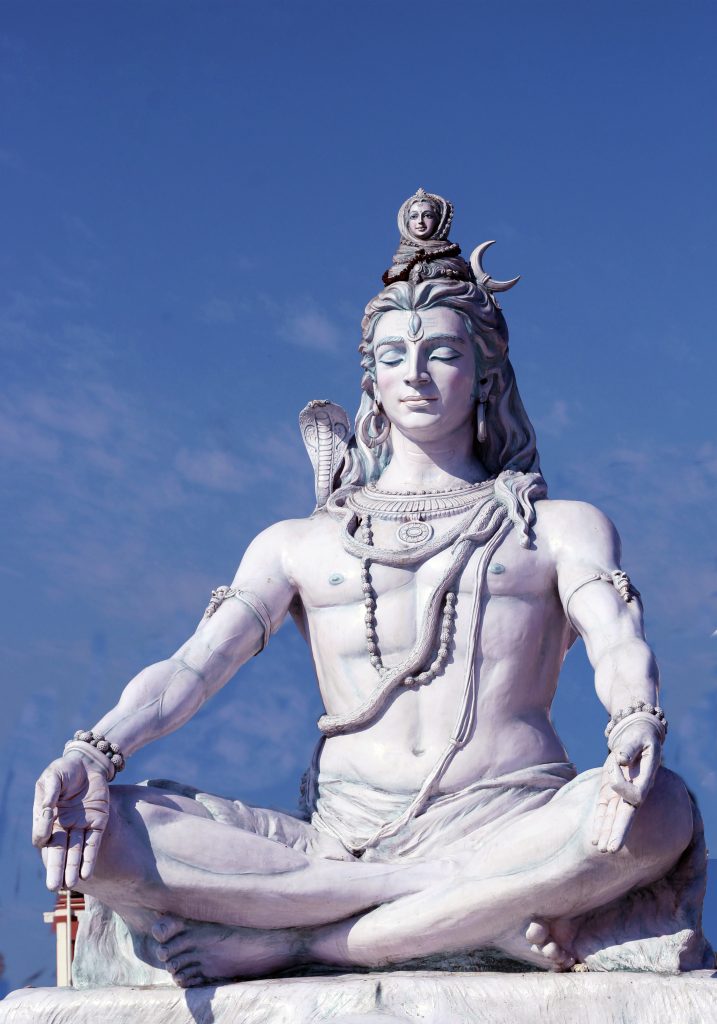
Foto by Saurabh Mishra
While Brahma is the god of creation and Vishnu the god of preservation, Shiva is the god of destruction. But while for us, destruction initially sounds like a bad thing, in Hindu mythology it also stands for destroying bad things and making place for something new. So it rather is a positive process of transformation and reproduction.
Shiva is often depicted as a dancer. Dancing the dance of life, stomping onto the ground to the rhythm of all living beings, and symbolising the circle of life.
The posture of Natarajasana teaches us to be fully present in the current moment. It is impossible to let your thoughts flow away in this asana, as you will easily lose your balance. It teaches us to be deeply rooted in the ground, focus on the moment, and open our hearts for everything that’s coming.